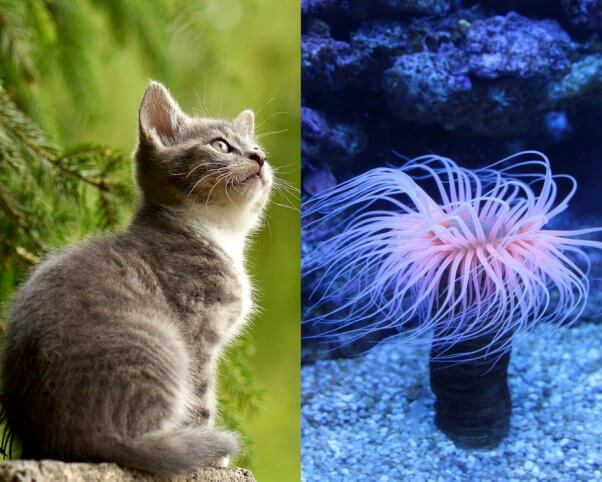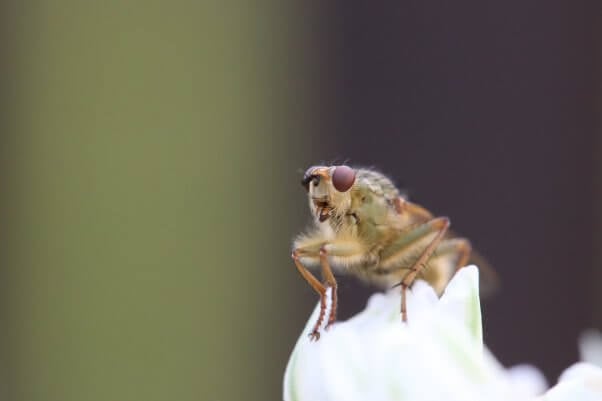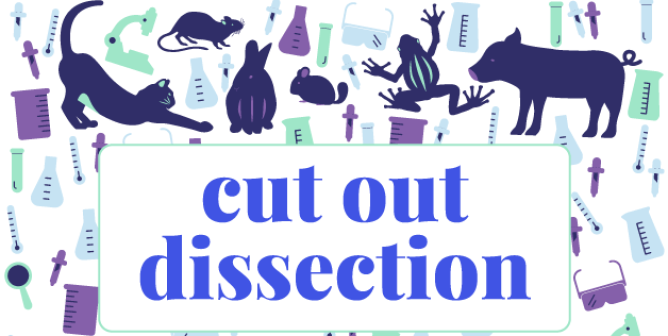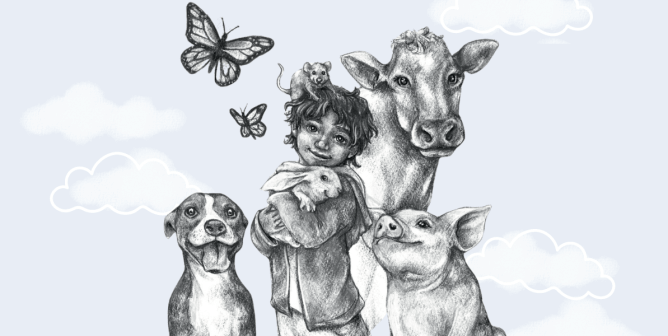We Are All Animals: Comparative Anatomy With a Compassionate Twist
At first glance, a survey of the animal kingdom—from cnidarians to chordates and every phylum in between—reveals substantial differences in form and function. Studying these differences using comparative anatomy is what taxonomy is all about. But how can we as teachers address the similarities among animals as sentient beings with needs and desires that are unique to them as individuals? In this feature, TeachKind addresses both differences and similarities—with a compassionate twist!

Comparative Anatomy With a Compassionate Twist
To introduce the important message in your comparative anatomy lesson that animals are alike in all the ways that matter, ask your students a few questions:
- How are humans different from other animals?
- Do all animals feel joy, hunger, thirst, love, fear, and pain?
- Do all animals deserve to live free from suffering and exploitation?
- What life-sustaining needs do humans have in common with other animals?
- Is it acceptable to treat individuals differently because they don’t look like us?
Compare
Introduce the concept of comparative anatomy by showing your students the video below, which is suitable for all ages and features talented entertainer and entrepreneur RZA to illustrate the similarities among all animals and reinforce the concept that humans aren’t different from other animals in any important way.
Use this lesson plan to help students see the many similarities between humans and other animals—as well as some of the astounding ways their abilities surpass our own. These lessons are designed to activate critical thinking and empathy in your students by helping them connect the dots and see that because other animals are just as sentient, capable, and aware as we are, we have an obligation to protect them and give equal consideration to their needs.
Contrast
Here are some resources that illustrate the structural differences among animals:
- TeachKind’s comparative anatomy activity on homologous and analogous structures includes a full lesson plan and craft to help students visualize these concepts.
- Use this video to virtually dissect a SynFrog, and ask your students to complete the comparative anatomy worksheet, which is printable but can also be completed digitally.
- Check out TeachKind’s list of grade-specific Next Generation Science Standards–aligned lessons for more creative ways to teach about comparative anatomy and the animal kingdom.

Extension
To expand into genetics, taxonomy, and evolution, you could use one or more of the following software programs and activities:
- Using virtual drosophila, eMind Fly offers a genetics lesson on sex-linked traits and basic genetics.
- Practice taxonomy vocabulary with this Quizlet activity, or use this worksheet to explain classifications and nomenclature.
- Use this cladogram worksheet to have your students reveal evolutionary relationships among animals.

Make sure the theme of compassion for animals is woven into every science lesson. Whether you’re teaching comparative anatomy, genetics, taxonomy, or the differences between animals with fins or fur, remind students that all animals—including humans—are alike in all the ways that matter but that we can and should appreciate others for their spectacular differences.
To stay up to date on new content to help you integrate humane education into your curriculum, sign up for TeachKind News below.
By submitting this form, you’re acknowledging that you have read and agree to our privacy policy and agree to receive e-mails from us.





